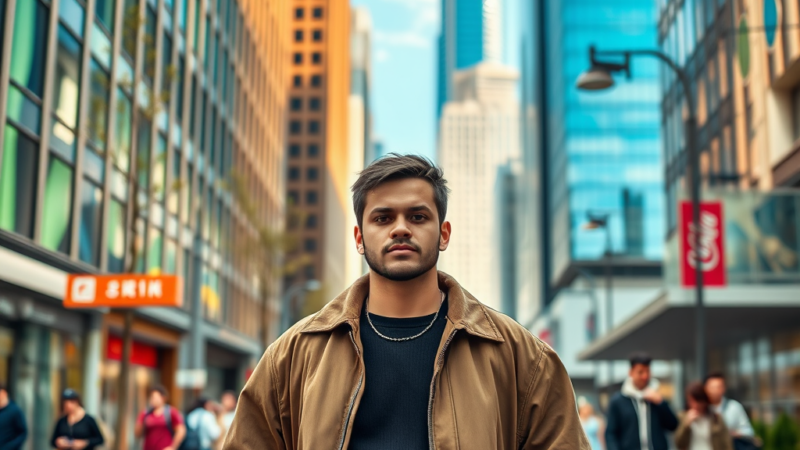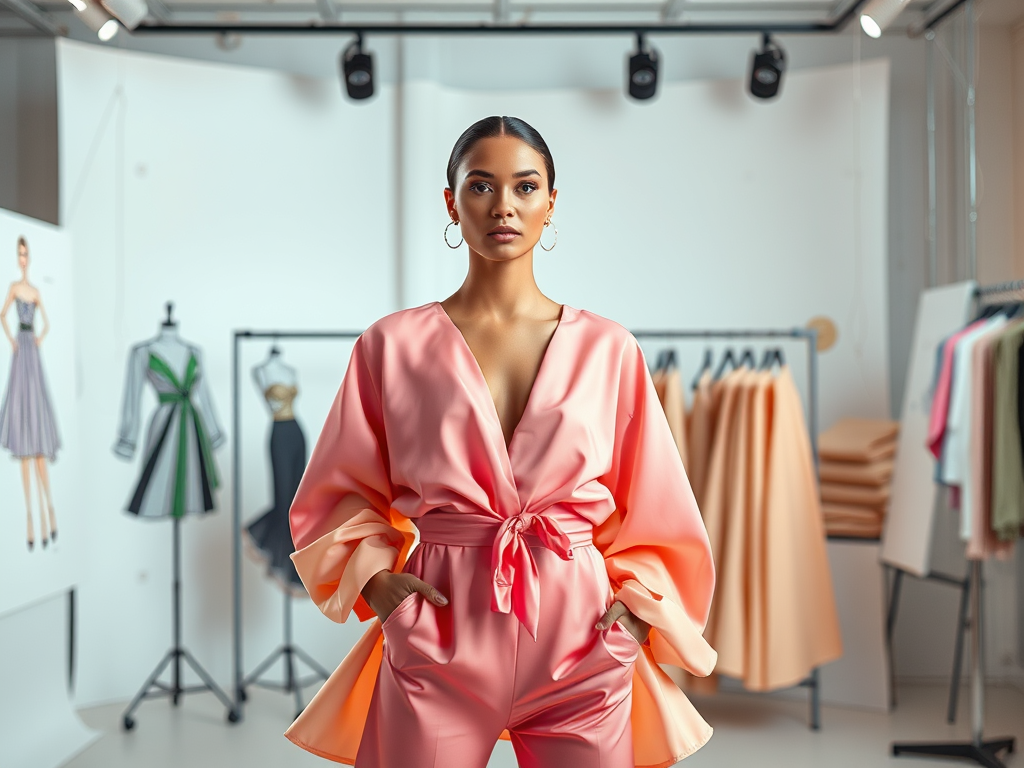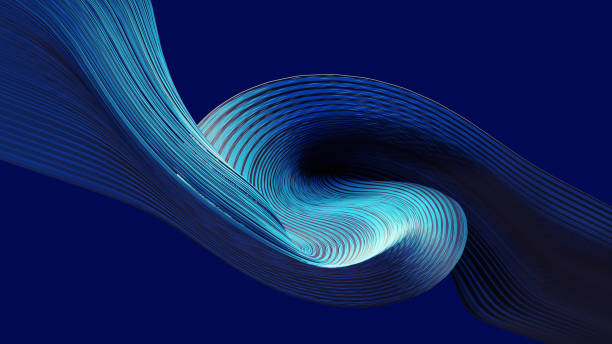How AI is Used to Generate and Modify Human Images

The rise of Artificial Intelligence has led to remarkable advances in the field of image processing. AI’s ability to create and alter human images rests on the intersection of craftsmanship and technology. From the intricate worlds of influencer culture to nude AI apps, the world of AI is limitless. The question remains how much social media, fashion and gaming can “doll up” – and with every breakthrough in AI, a deeper answer unfolds. The evolution in AI technology does not come without consequences; it transforms authenticity, privacy, and consent into the eye of the storm. AI image generation and modification does not simply create; it presents multifarious challenges.

Blending the realms of technology and art, AI completes the process of image generation, sometimes as simply as drawing a line. Aesthetic value has now been added to every business, process, and industry, which can not only enhance but also market and sell business value. As AI technology continues to grow, augmented entities—where deception and reality blend into one—are becoming more prevalent. In this new reality, where an identity can be created with just a click, it is incredibly important to understand how much technology can transform reality into fantasy.
The Mechanisms Behind AI Image Generation
At the heart of this invention is the application of algorithms and neural networks with the capacity to understand and emulate human features. This is exemplified by one of the new emerging technologies called Generative Adversarial Networks (GANs). Unlike other networks, GANs comprise two competing models: one creates images and the other evaluates them to determine whether they are real or artificially created. The never-ending rivalry between the networks makes the pictures more lifelike, improves training efficiency, and encourages further development of artificial intelligence.
| AI Technology | Description |
|---|---|
| Generative Adversarial Networks (GANs) | A framework of two neural networks competing against each other to produce better outputs. |
| Deep Learning Models | Advanced algorithms that learn to identify patterns in data, refining their outputs over time. |
| Style Transfer | A method that applies the artistic style of one image to the content of another, creating unique aesthetics. |
Building on GANs, there are deep learning–based models that become more sophisticated and accurate when supplied with larger datasets. These models understand minute details of human facial features, which allows the generation of photorealistic images. There is a plethora of data available today, serving as a training ground for these algorithms. The quality keeps improving. Progress in this domain not only elevates the image generation capabilities of AI but also enhances the ability to manually or mechanically edit images across industries.

Applications of AI in Human Image Generation
The shift that AI-generated images has brought to the way we use visual media is unmatched and affects a variety of virtual and physical industries. For instance:
Fashion Advertising – AI can now advertise clothes by portraying acceptance of different body types and styles, which improves inclusivity in marketing.
Virtual Influencers – These avatars affect audience and brand interactions, which has caused a significant shift in the social media space around the fashion industry.
Gaming and VR – The emotional bond and gameplay among gamers is significantly enhanced with AI, as it enables the creation of characters in games that allow users to enjoy the experience much more.
The rise of AI in virtual influencers is blurring the lines of reality, as audiences can be digitally captured in a unique and enticing way through imagery. The characters can be designed around specific traits and characteristics tailored to different age ranges, making the presentation compelling.
Modifying Human Images with AI
AI’s adaptability to changing images offers options for improvement, alteration, and restoration of old and/or damaged pictures. Image editing is one of the best-known applications and has benefited tremendously from AI, as it is now possible to enhance quality and correct errors faster than ever before. Telephone cabins have been transformed by incredible AI technology. Now, countless programs have integrated these functions, making it possible for individuals to restore their memories with just a few clicks. Other programs include Adobe Photoshop AI tools and additional restoration software.
Moreover, systematic alteration of images facilitates artistic reinterpretation of photos by enabling users to digitally manipulate their images in various ways. This method is quickly becoming popular in the art industry because it reinterprets works of art through diverse and aesthetically pleasing characteristics.
Ethical Considerations in AI Image Creation
Though commendable achievements have been made in AI-generated images, the ethical dilemmas associated with them are vast and need to be resolved. A common example is image privacy, where people can create images of others without their permission and, in turn, utilize such images in questionable ways. The challenge arises in determining who, if anyone, will hold the rights to such images.
The ability of AI to generate human-like images presents another challenge in the spread of misinformation. With deepfakes already circulating and the Internet constantly generating new content, there needs to be a platform for alerting people to AI deception. This then becomes a concern for politicians and leaders from various sectors. How can regulation of these ethical issues be formulated?
Conclusion
AI will not only change how we manipulate and produce images of people, but also the intersection of technology, creativity, and ethics. With the continual progress of AI, issues of ethics and responsibility have to be addressed and managed by all stakeholders. AI’s range of applications is constantly growing and now includes the world of virtual fashion influencers. There is a need to discuss the integration of artificial intelligence into culture so that there is constructive progress towards the positive projection of images without violating people’s rights.
Frequently Asked Questions
- What is AI-generated imagery? AI-generated imagery refers to images created or altered by artificial intelligence algorithms, often resulting in hyper-realistic representations of human features.
- How do Generative Adversarial Networks (GANs) work? GANs involve two networks that compete against each other, where one generates images and the other discriminates between real and generated images, leading to refined outputs over time.
- What are some common applications of AI-generated human images? Common applications include virtual influencers, fashion marketing, and enhancing characters in gaming and virtual reality.
- What ethical issues are associated with AI image technologies? Users should consider privacy concerns and the potential for misinformation when utilizing AI-generated imagery.
- Can AI replace human models completely? While AI can create realistic models, human elements, such as emotion and relatability, are difficult to replicate fully, suggesting that a balance will likely remain.
Comments are closed.